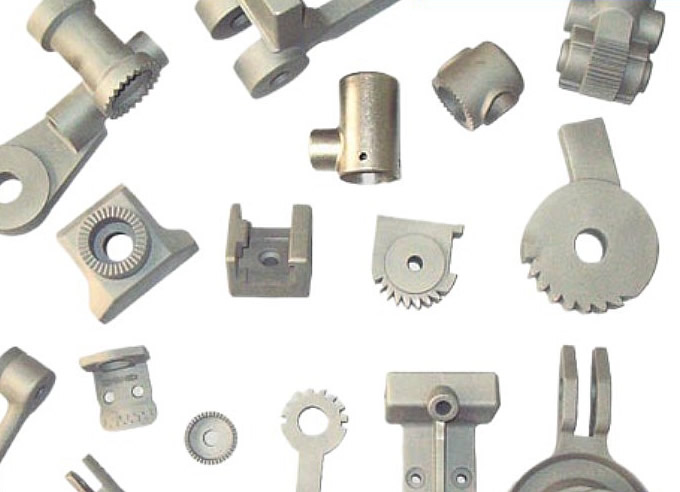Steel Investment Casting: A Comprehensive Overview
Steel investment casting, also known as lost-wax casting, is a manufacturing technique that has withstood the test of time, dating back over 5,000 years. The process, renowned for its ability to create parts with excellent accuracy and detail, primarily utilizes steel—a material celebrated for its strength and durability. This article offers an exhaustive overview of steel investment casting, shedding light on the technicalities, applications, and future projections in this dynamic field.
Understanding the Basics
At its core, steel investment casting is a process that creates metal components of varying complexity using molten steel poured into a ceramic mold. The types of steel employed vary, ranging from stainless and carbon steel to alloy steel, each boasting distinct properties beneficial to specific applications. This casting process involves multiple stages: pattern creation, shell creation, de-waxing, casting, and finishing.
Detailed Examination of the Steel Investment Casting Process
Pattern Creation and Assembly
The initial step in steel investment casting is creating a pattern, typically using wax. This wax pattern is a replica of the final steel product. The way must be meticulously crafted, as imperfections could affect the final product’s quality.
Shell Creation
Following pattern creation, a ceramic shell is built around the wax pattern. The pattern is repeatedly dipped in a ceramic slurry, coated with refractory materials, then left to dry, forming a hard, durable shell. This shell is crucial, as it dictates the final shape of the steel casting.
Wax Removal and Shell Firing
Once the shell has hardened, the wax pattern is melted and drained away in a process known as de-waxing. Subsequently, the body is fired in a kiln, strengthening it and preparing it for molten steel.
Pouring and Cooling
The next stage involves melting the chosen steel to a specific temperature, after which it is carefully poured into the pre-heated ceramic shell. The steel then cools and solidifies within the body, taking on the precise shape of the original wax pattern.
Casting Breakout and Finishing
After cooling, the ceramic shell is broken away, revealing the steel casting. Any remaining shell material is removed, and the casting undergoes a series of finishing processes, including sanding, grinding, and heat treatment, resulting in a part that meets the desired specifications.
Factors Influencing the Quality of Steel Investment Castings
Several factors influence the quality of steel investment castings, such as the quality of raw materials, precision in pattern creation, and temperature control during casting and cooling. Proper inspection and finishing processes also significantly ensure a high-quality final product.
Advantages and Disadvantages of Steel Investment Casting
Like any process, steel investment casting has its advantages and disadvantages. It excels in producing intricate and precise components, demonstrating immense versatility in creating parts for various industries. Furthermore, while the initial setup cost might be substantial, the overall costs become relatively low for high-volume production, making it a cost-effective solution for many businesses.
However, the process has its shortcomings. The initial setup cost can be prohibitive for small-scale or one-off productions. There are also limitations for extremely large parts due to the size of available equipment. Lastly, the complexity of the process requires a high level of expertise, potentially making it challenging for newcomers to the industry.
Applications of Steel Investment Casting
Steel investment casting has a wide array of applications. It is extensively used in aerospace, automotive, military, medical, and other industries. Whether it’s producing turbine blades for jet engines, components for vehicles, or intricate medical instruments, steel investment casting proves invaluable time and again.
Future Trends in Steel Investment Casting
As technology advances, steel investment casting is not left behind. Innovations in automation, 3D printing, and predictive modeling are making the process more efficient and sustainable. Additionally, increased focus on environmental concerns drives the industry towards greener alternatives. The future of steel investment casting looks promising as it continues to adapt and grow in this ever-evolving landscape.
Conclusion
Steel investment casting is an intricate, versatile, and efficient process crucial in numerous industries today. While it does have its challenges, the benefits, and potential future advancements undoubtedly make it a technique worth understanding and investing in.

